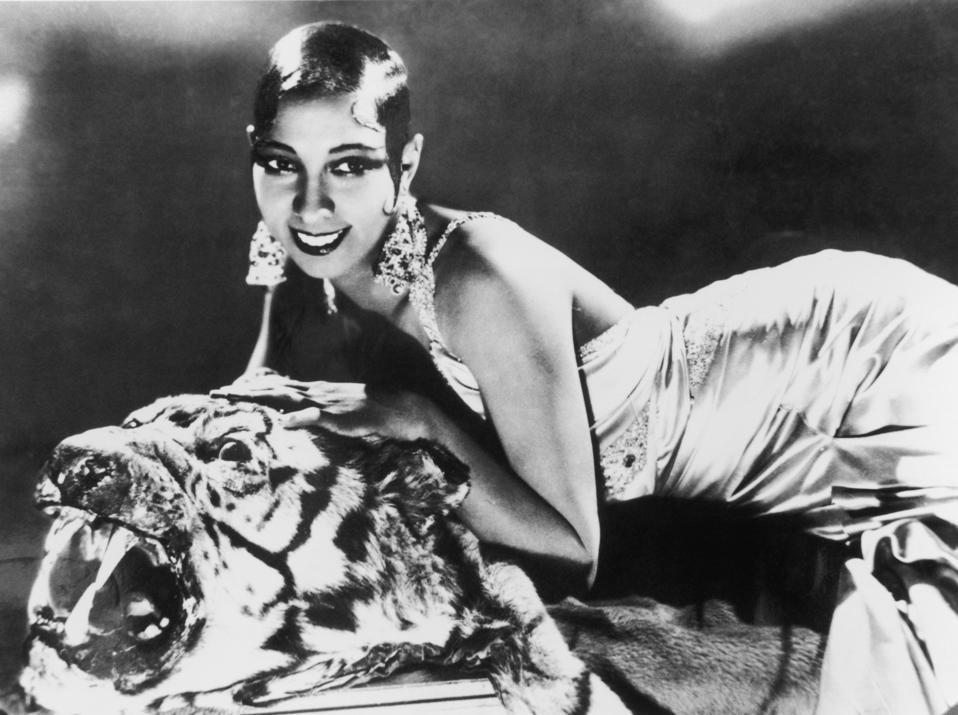Black Dandyism is not plain fashion but has historically represented defiance. As the 2025 Met Gala kicks off under the theme “Superfine: Tailoring Black Style,” it does more than engage with the aesthetic; it also pays homage to a centuries-old legacy.
To experience Black Dandyism, one must embrace the complete historical context that European colonizers attempted to suppress. From 18th-century colonial ports to Harlem ballrooms and modern red carpets, the Black dandy has been known to use tailoring as a path toward reclaiming autonomy as a form of self-expression and self-determination. European aristocrats linked Dandyism to their exclusive group, which displayed distinguished velvet alongside tailored collars. From 18th-century colonial ports to Harlem ballrooms and modern red carpets, the Black dandy has been known to use tailoring as a path toward reclaiming autonomy as a form of self-determination.
Dandyism in the West was often linked to white European aristocrats, who frequently dressed in distinguished velvet and tailored collars. But the Black version of that came about through different circumstances. In the antebellum South, for example, freedmen in coats and polished shoes unsettled the white gaze. In the 19th century, Black intellectuals like Frederick Douglass, who posed for portraits in crisp suits with a steel gaze, understood the optics all too well. In that era, Blackness was presumed to equal labor and domestic servitude, but refined dress soon became a form of sartorial activism, one that rebelled against stereotypical tropes.
At the height of the Harlem Renaissance, the Black dandy became an even stronger movement, one that was defined by zoot suits, wide-brimmed hats and a swagger that ushered in a different kind of resistance. In jazz clubs and speakeasies, style became emblematic of the Black experience while also daring America to look closely at Black self-possession in full technicolor.
In the 20th century, André Leon Talley and other public figures reached the pinnacle of fashion by using their Black identity to create Black excellence through tailored expression. Through his elaborate capes and caftans Talley established a spiritual presence that became iconic. Grace Jones along with Janelle Monáe broke fashion rules by choosing architectural shoulders and androgynous techniques that rproduced their signature tuxedo looks without compromising their authentic selves.
This year’s Met Gala expects to see rich textures and well-tailored silhouettes that pay homage to Savile Row while reimagining it through the prism of radical Black joy. But besides the talked-about show lies something more important: a tribute to those who have made tailoring a language of its own. Tailoring, after all, is not just about the outfit itself but about precision, workmanship, ownership and telling a story. Internet culture and viral moments have made it easier to obsess over the “cool factor” of Blackness while continuing to overlook its truths and its history. This has made it easier to commodify Black style into sneaker drops and TikTok trends, but this access doesn’t always have much context. That’s what makes this year’s Met Gala theme quietly radical. It invites the industry, and everyone watching, to celebrate this Black aesthetic while also acknowledging its history.
As a culture writer and chronicler of Black womanhood, I see this moment not as fashion history but as living history. Tonight, Black style returns to its rightful place, not as a fleeting trend or viral moment, but as a legacy inspired by history and tailored with intention.

